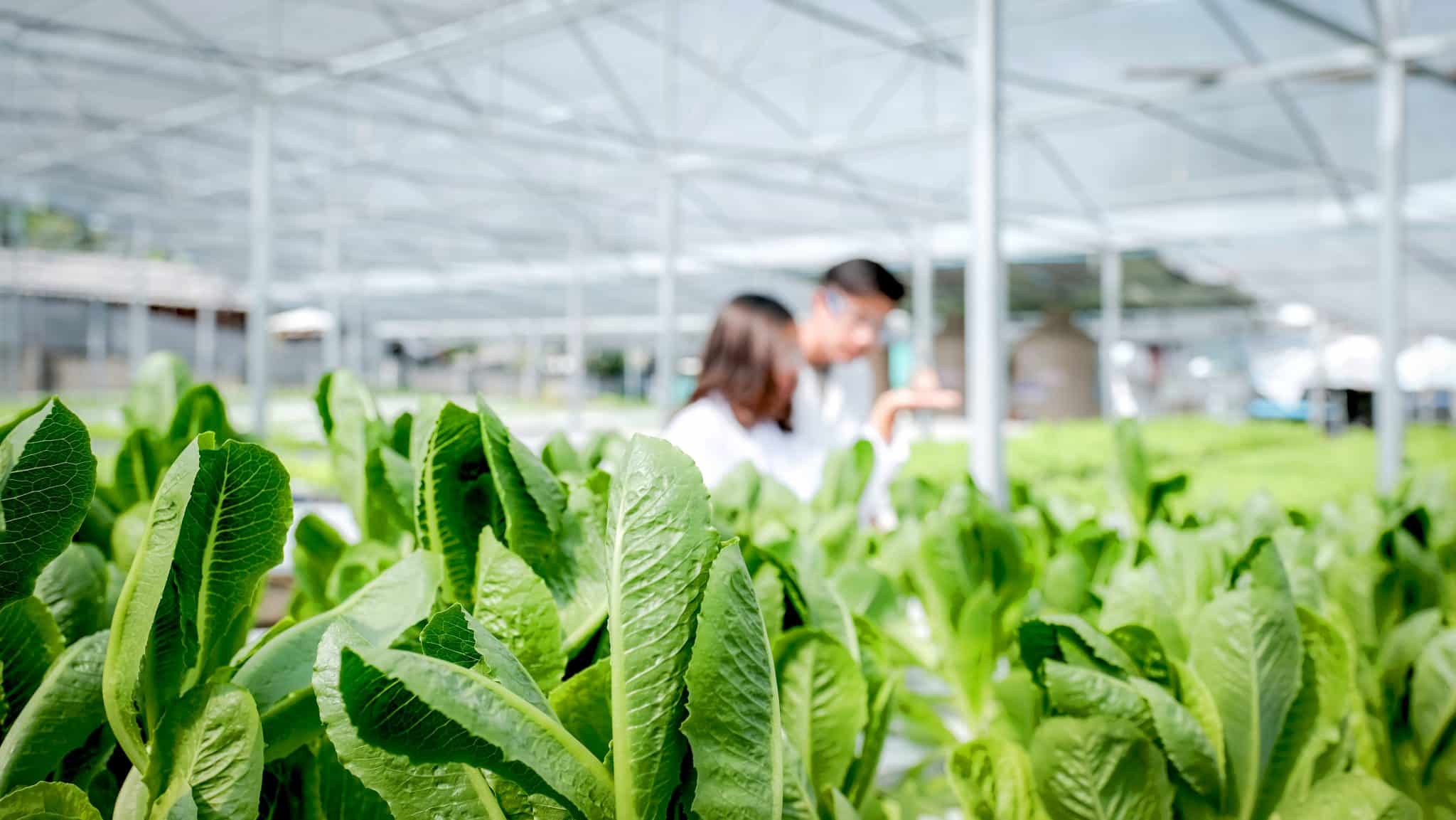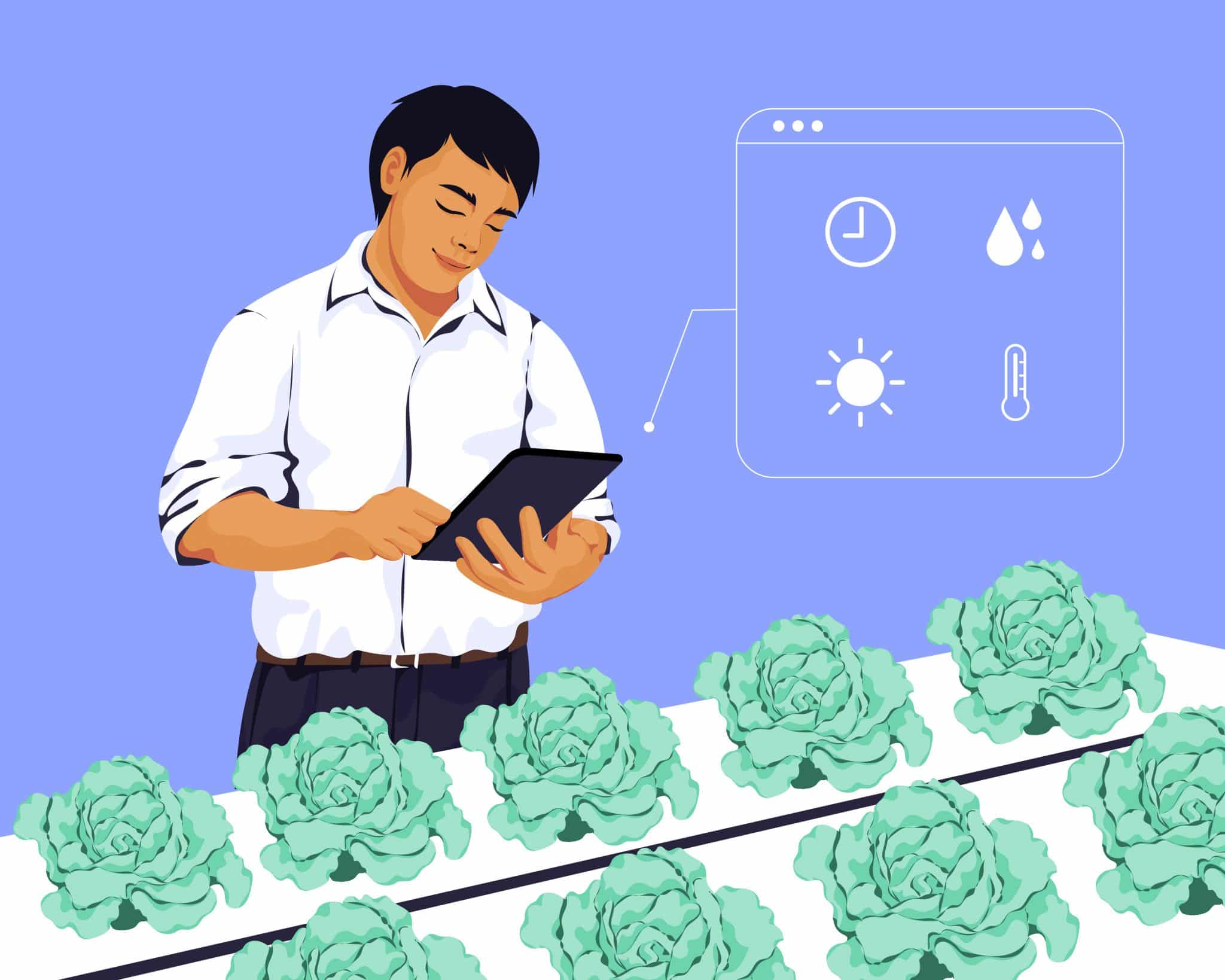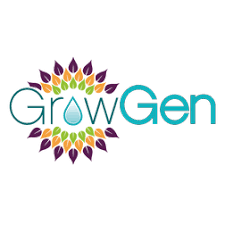You’ll need a few essential grow room supplies before you can start growing your first crop. Whether you are planning a hydroponic or soil-based setup, this indoor grow room supplies list will outline everything you need to start.
Indoor Grow Room Supplies List
- Grow Room Furniture and Trays
- Grow Lights Lighting Equipment
- Pots and Containers
- Plant Nutrients
- Hydroponics Supplies
- Grow Room Control Equipment
Grow Room Furniture and Trays
When it comes to grow room furniture, the options are nearly endless. Racking, shelving, tables, trays, and tray stands are just a few pieces that can create a functional and stylish grow space. Grow trays are an essential piece of grow room furniture, as they provide a place to grow plants indoors. Grow tray stands are also a popular option, as they allow for easy access to the grow tray.
Tables and shelves can be used to store grow equipment and supplies, and they can also be used as a workspace for when it’s time to harvest your plants. Whatever grow room furniture you choose, ensure it meets your needs and fits your budget.
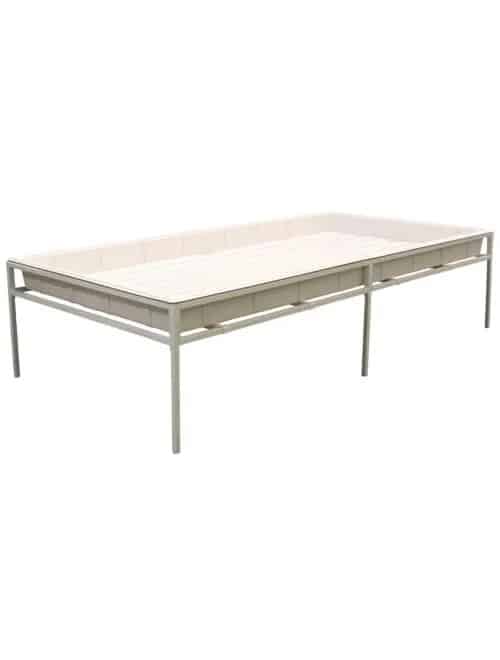
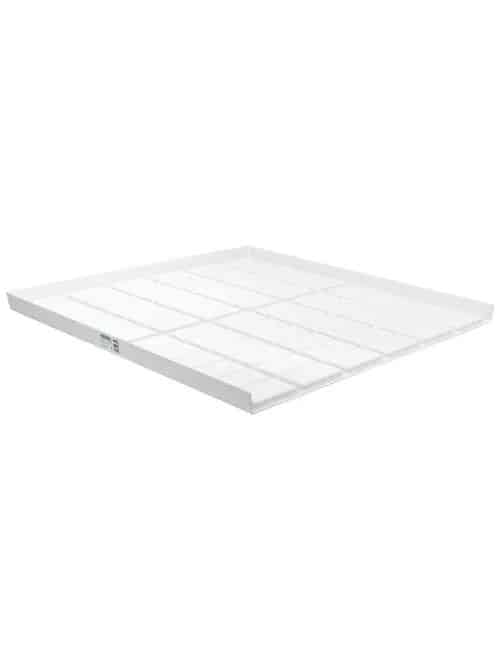
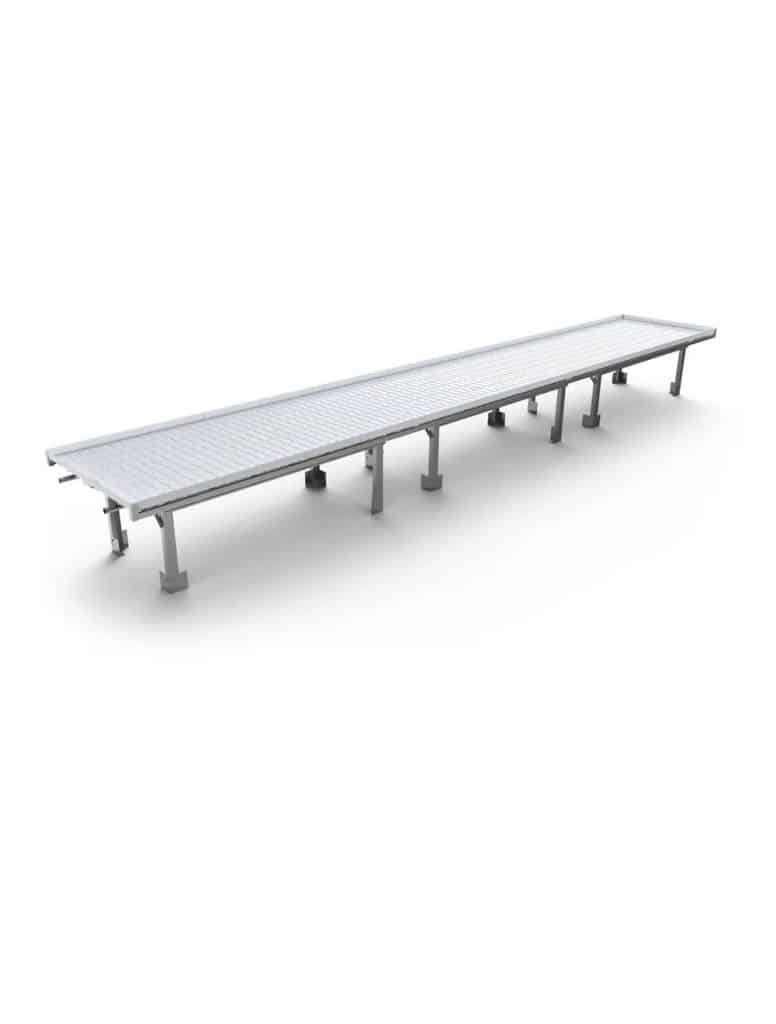
Shop Grow Trays and Grow Tray Stands
Grow Lights and Lighting Equipment
Grow lights are also fundamental in hydroponics because they replace sunlight when growing crops and plants indoors.
A wide range of grow lighting systems is available, including:
- Ceramic Metal Halide (CMH)
- Commercial Lighting
- Double-Ended (DE)
- LED
- Single-Ended (SE)
- Vertical Lighting
We also recommend lighting accessories such as reflective material and light timers to automate power and brightness adjustments to streamline plant care, prevent burn damage, and save energy costs.
Do you need help determining the best grow lighting for your cultivation and gardening goals? Check out our guide on choosing the best grow lights for your needs here.
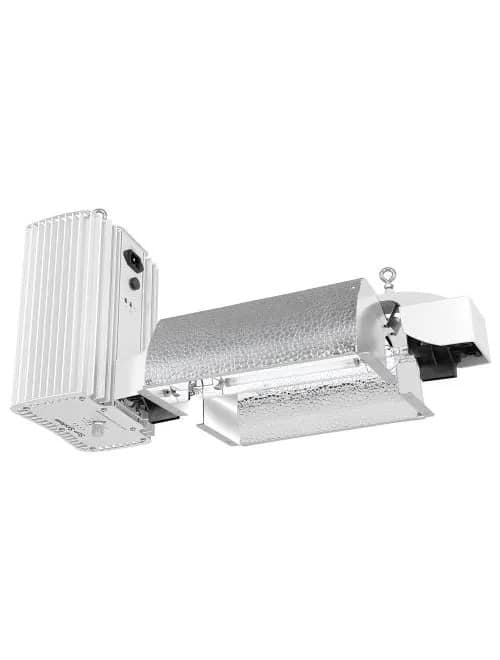
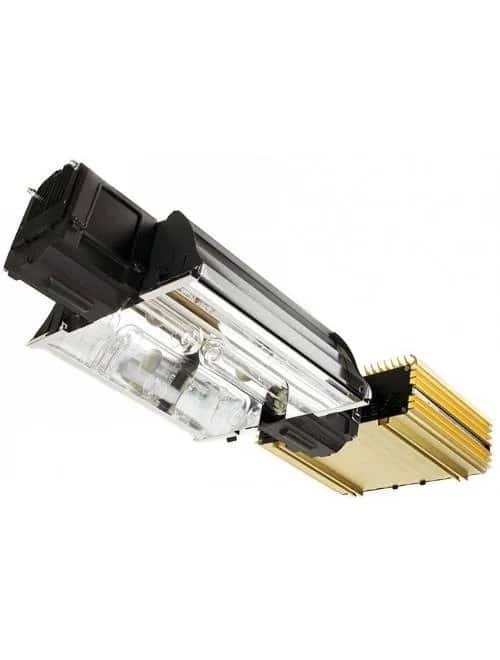
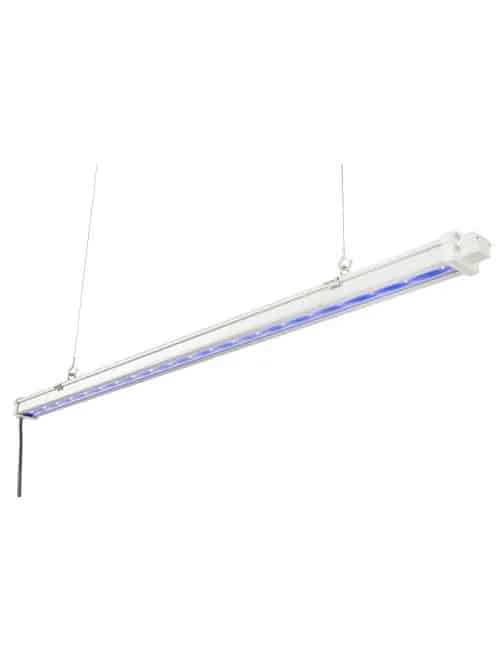
Learn More & Shop All Grow Lights
Pots and Containers
Hydroponic pots and containers come in all shapes and sizes, but they all have one common purpose: to support a plant’s root system while providing access to water and nutrients — so having the right size ones are crucial or risk stunted growth. There are many factors to consider when choosing pots and containers for your indoor grow room supplies list, including hydroponics and soil.
Root system sizes differ based on plant breed and species, so preliminary research of your plant’s growing requirements should be the first step before buying.
Proper drainage and airflow in your pots and containers are also critical. Some have pre-drilled holes for ventilation and to prevent overwatering, plant disease and pests.
Some popular plant pots and growing containers are:
- Standard pots with saucers — typically the cheapest option, can be challenging to move and doesn’t offer the best drainage
- Smart pots — more expensive but provides better drainage and aeration
- Air pots — more costly than smart pots but offer excellent drainage and aeration
- Fabric pots — most expensive pot option but offer the best drainage and aeration
- Hydroponic systems — most expensive option but offers the best yields
So, which option is right for you? It depends on your budget, your needs, and your preferences. Choose the option that best suits your needs, and you’ll be sure to have success with your indoor grow room.
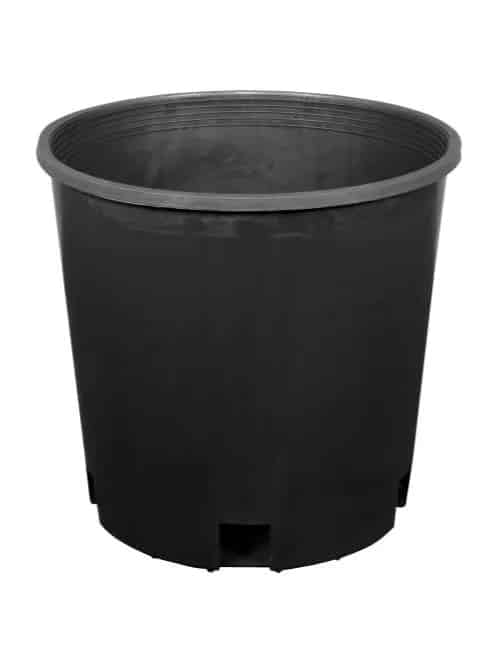
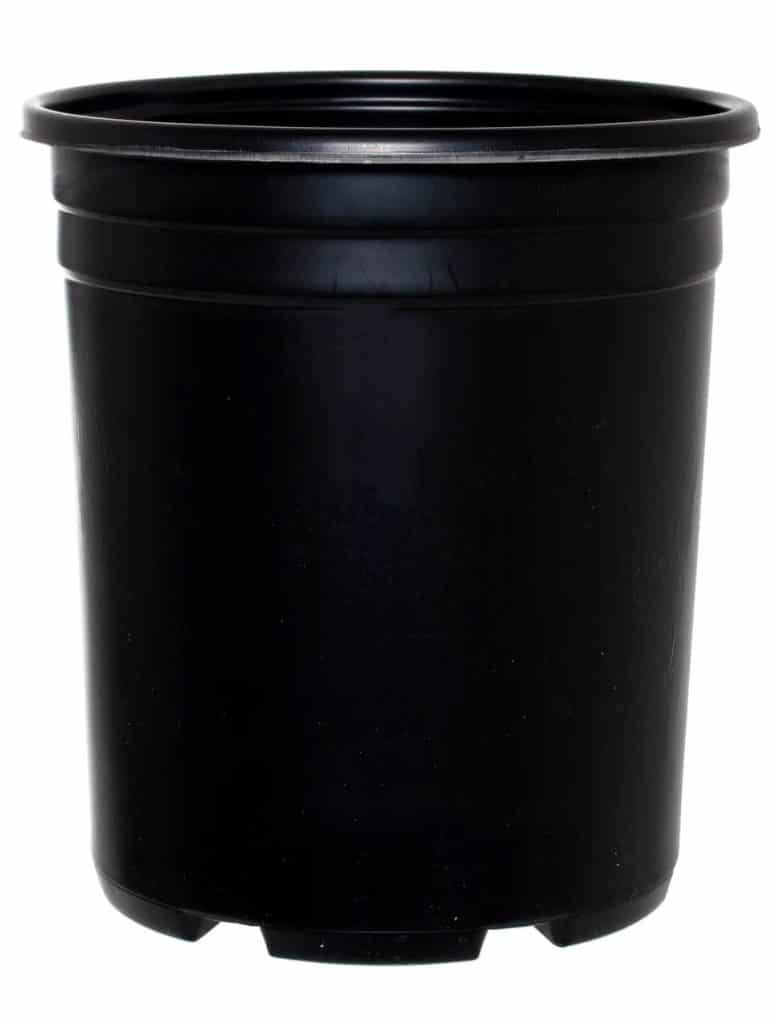
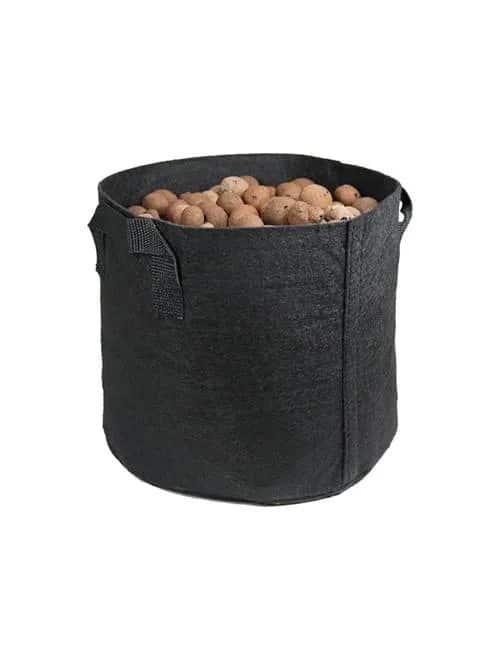
Growing Media
One of the most important decisions you’ll make when setting up your grow room is choosing what you will plant your seedlings in. Various growing media options are available, each with its own benefits and drawbacks.
Soil is the most popular choice, as it’s easy to work with and relatively inexpensive. However, controlling moisture levels and ensuring adequate drainage can be difficult.
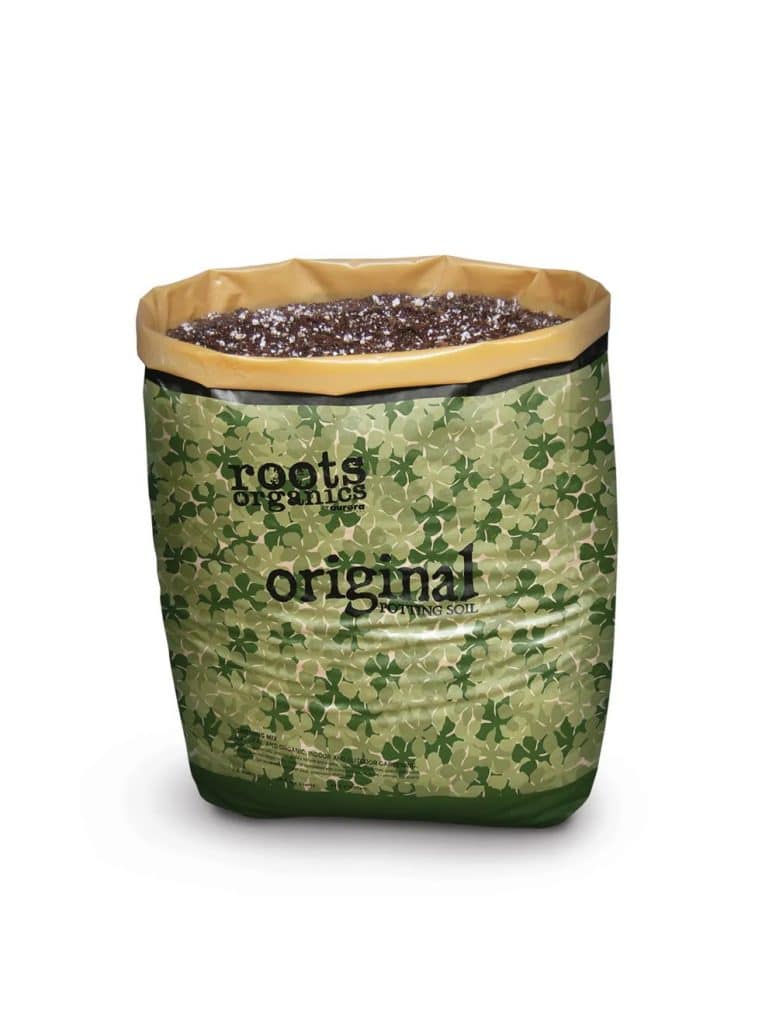
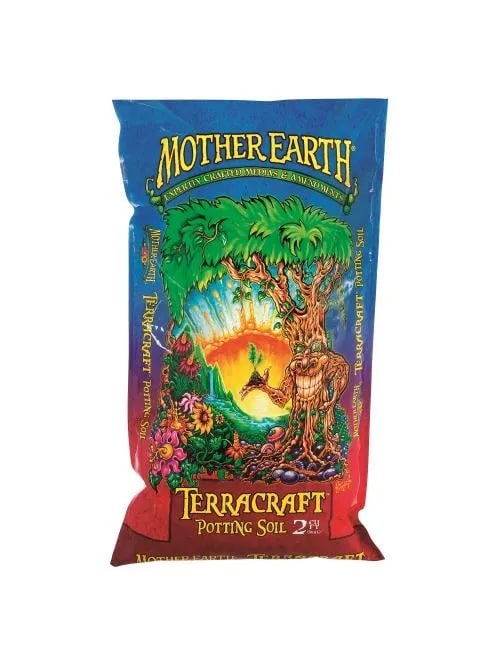
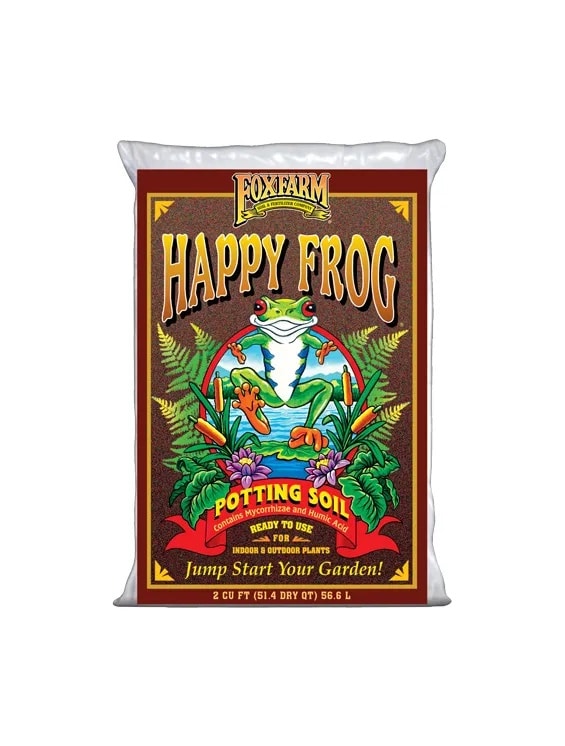
If you are planning to grow with hydroponics instead of soil, most hydroponic systems will require some growing media to support roots and allow access to nutrient-filled water and receive oxygen. Most growing mediums are porous to help aerate roots for photosynthesis and prevent them from becoming waterlogged.
Below is a breakdown of popular hydroponic growing options.
Coco Coir
Coco coir is a popular growing medium made from the husks of coconuts, which offer good drainage and aeration while holding on to moisture. It is suitable for use in all plant stages (germination to flowering) and in various hydroponic systems.
Clay Pebbles and Pellets
Clay pebbles are a practical option for those who want an easily adjustable growing medium. They can be used in all stages of the grow process, from seedlings to clones to full-grown plants, but are especially helpful in the vegetative stage when plants are rapidly growing and need a lot of oxygenated water. The pores in the clay help to aerate the roots and prevent waterlogging, providing an ideal environment for healthy plant growth.
Rockwool
Rockwool is often used as a medium for clones, as it provides excellent drainage and aeration while still retaining moisture. It can also grow seedlings, though it is more commonly used in the vegetative stage. Once plants have reached the flowering stage, they are typically moved to a different medium, such as soil or coco coir. However, some growers continue using rockwool throughout the entire grow cycle, as it can produce high-quality buds.
Perlite
Perlite is a growing media that can help to improve drainage and aeration while also helping to regulate moisture levels. It can be used in both hydroponic and soil-based systems and is often used during the vegetative stage. Perlite can be mixed with other growing media, such as coco coir or vermiculite, to create a custom mix that meets the needs of your plants.
Soil
For soil gardening, potting soil is obviously on the indoor grow room supplies list. However, many soil mixes, amendments, and fungal/bacterial inoculants are available to enhance your growing medium, accelerate plant growth, and increase yields.
Potting soil should not be sourced from outside or risk serious plant health issues such as no drainage, mold, and death. High-quality potting soil mixes include the right mixture of nutrients, airflow, supplements, and additives that indoor soil plants need to thrive.
Whichever option you choose, do your research to ensure that it’s the best fit for your grow room. Read our beginner’s guide to growing media.
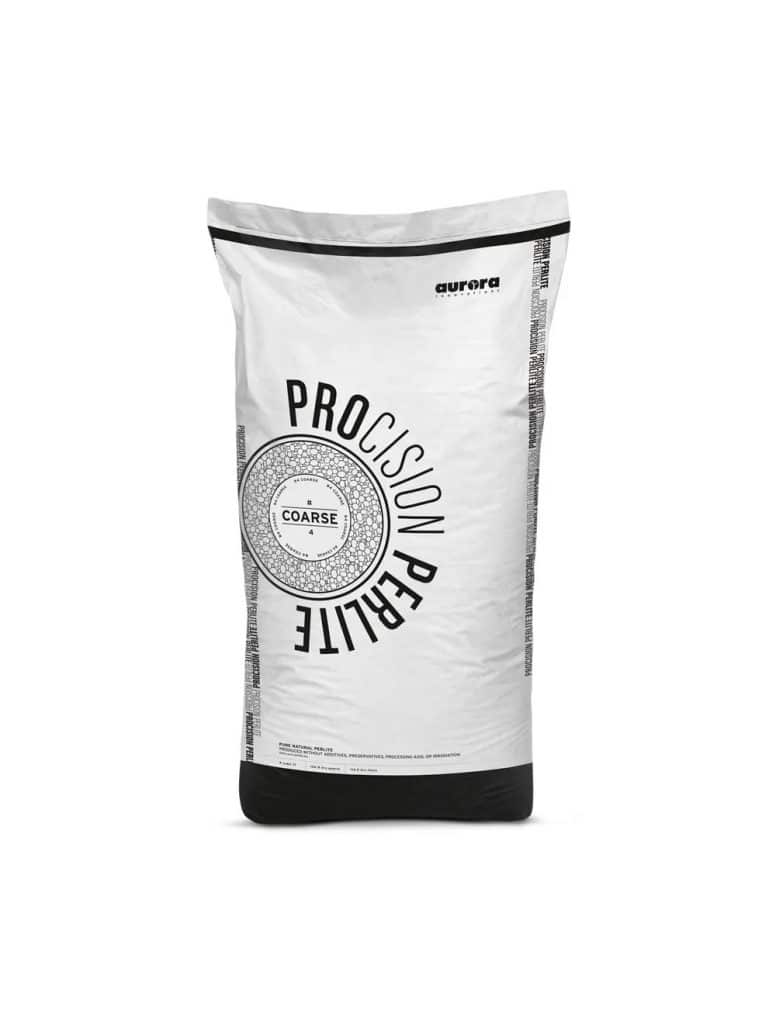
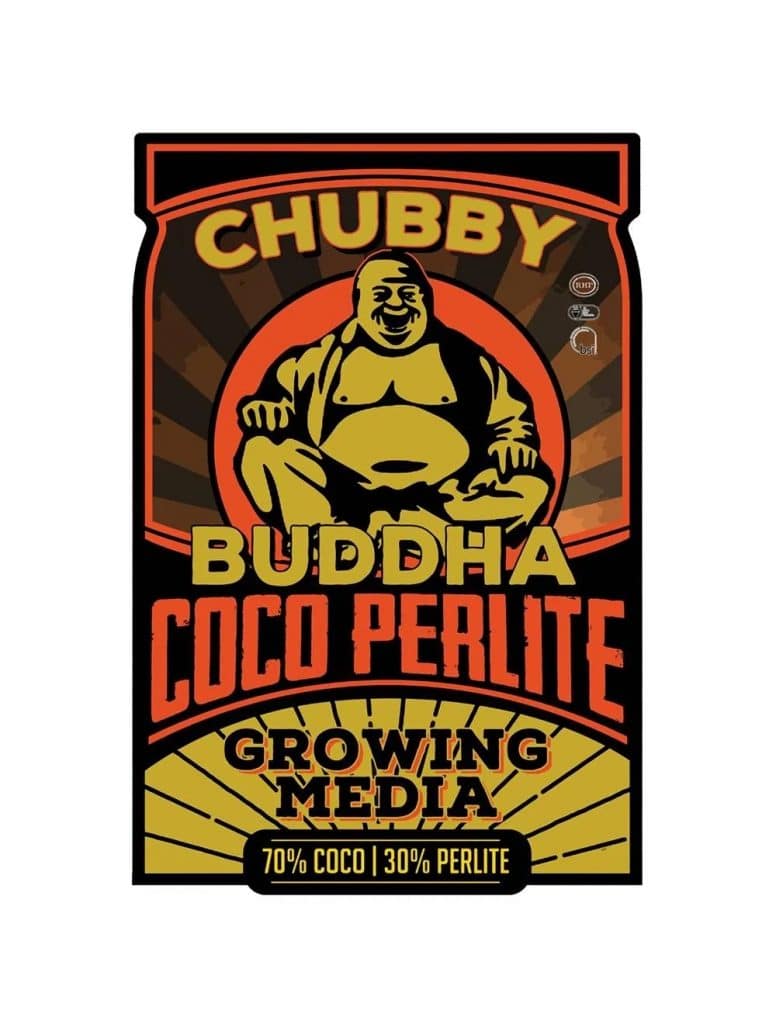
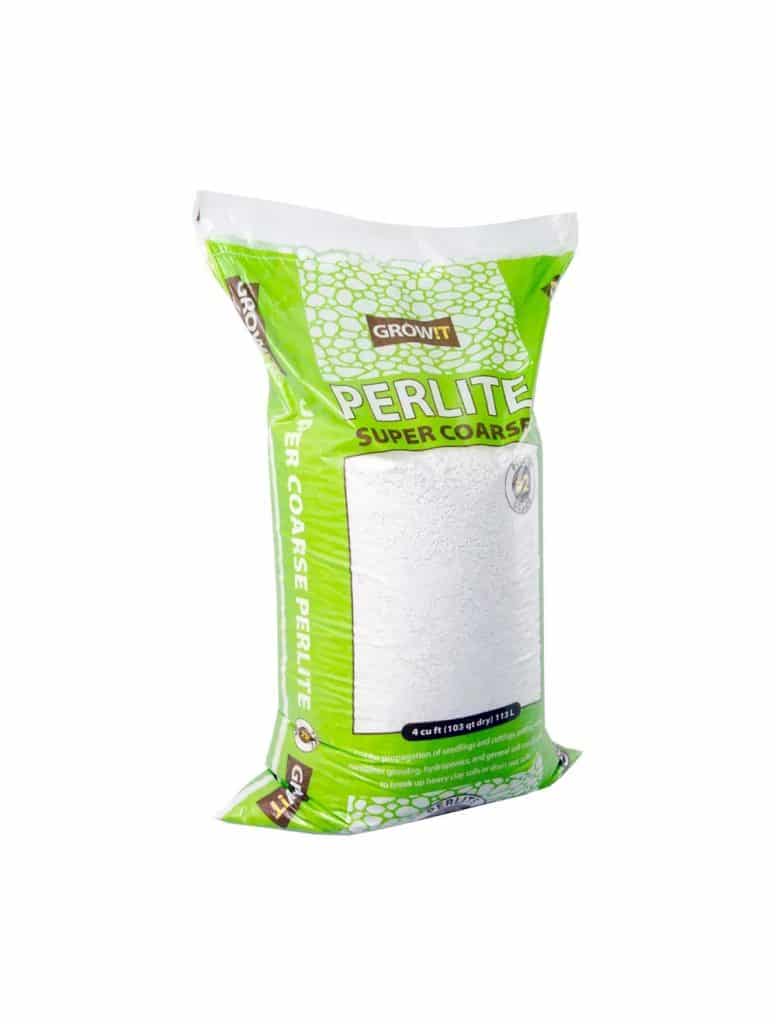
Plant Nutrients
If you’re soil growing, you will need plant food or potting soil with plant food build-in. Hydro growers will need hydroponic base nutrients to get their plants to grow. Nutrient-filled water solutions are fundamental to hydroponics because it replaces soil when growing crops and plants.
Hydroponic System Equipment
If you’re planning to start a hydroponic system for your grow room, you’ll need to get some special type of hydroponic system. But first, you need to choose which you want to use:
- Aeroponic
- Deep water culture (DWC)
- Drip
- Ebb and flow (flood and drain)
- Nutrient film technique (NFT)
- Wick
Each hydro system requires a specific set of equipment. To better understand what you need to put together your hydroponic system, check out the hydroponic supplies list below to see which equipment you will need for your chosen hydroponic method.

Hydroponic Reservoirs
Typically, reservoirs are simply large plastic containers that hold the nutrient solution to feed the plants.
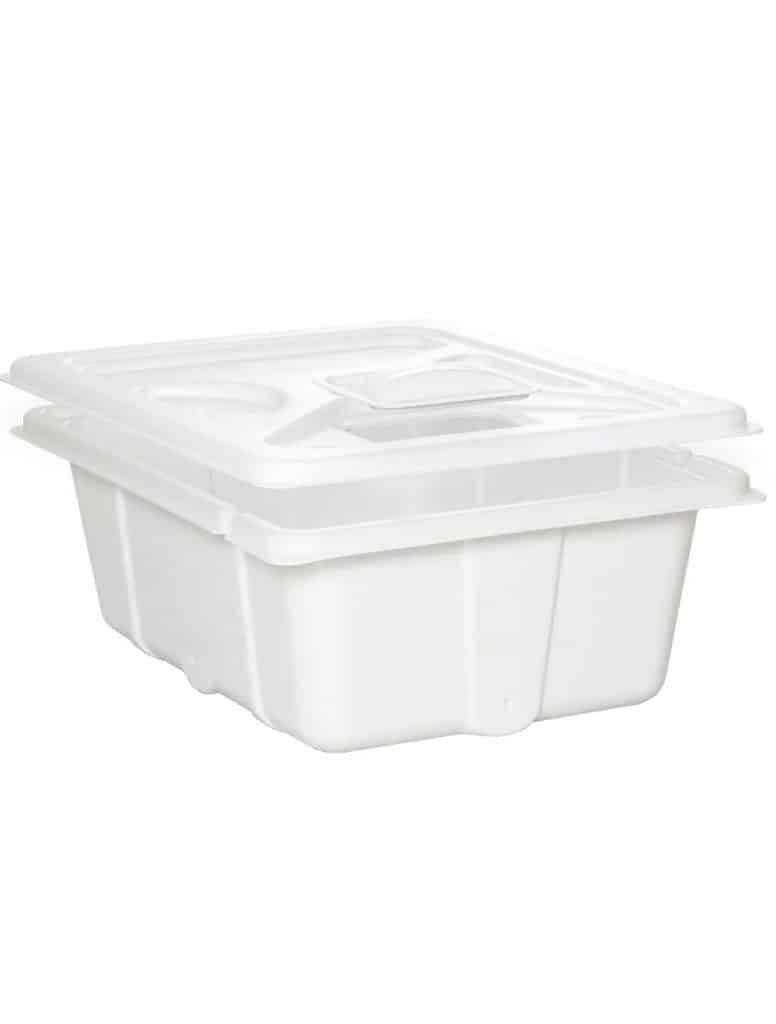
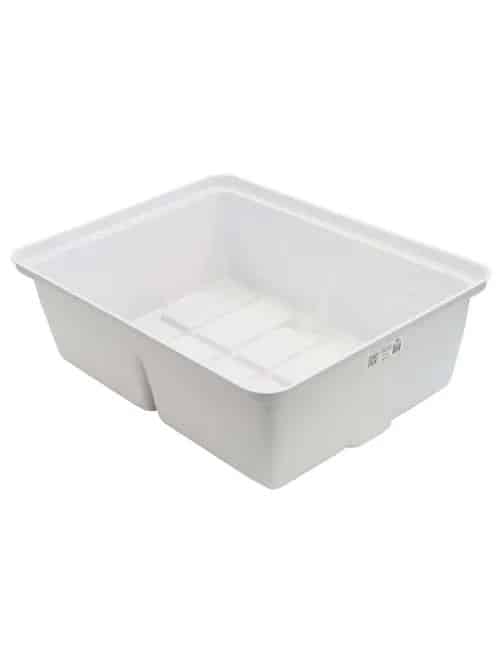
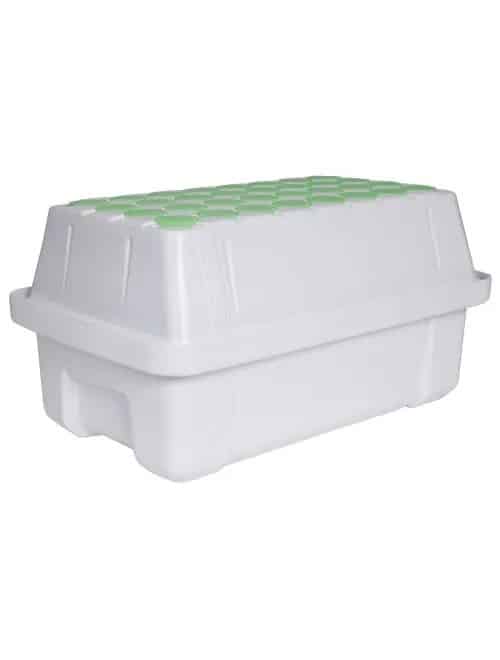
Water Pump
Water pumps are used to circulate the nutrient solution throughout the system. There are two main types of water pumps: submersible and inline. Submersible pumps are placed inside the nutrient reservoir and are not visible. Inline pumps are placed outside the reservoir and are connected to the system with tubing.
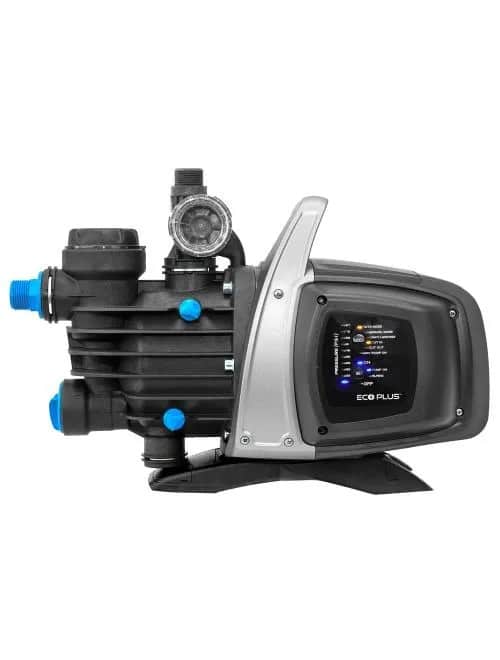
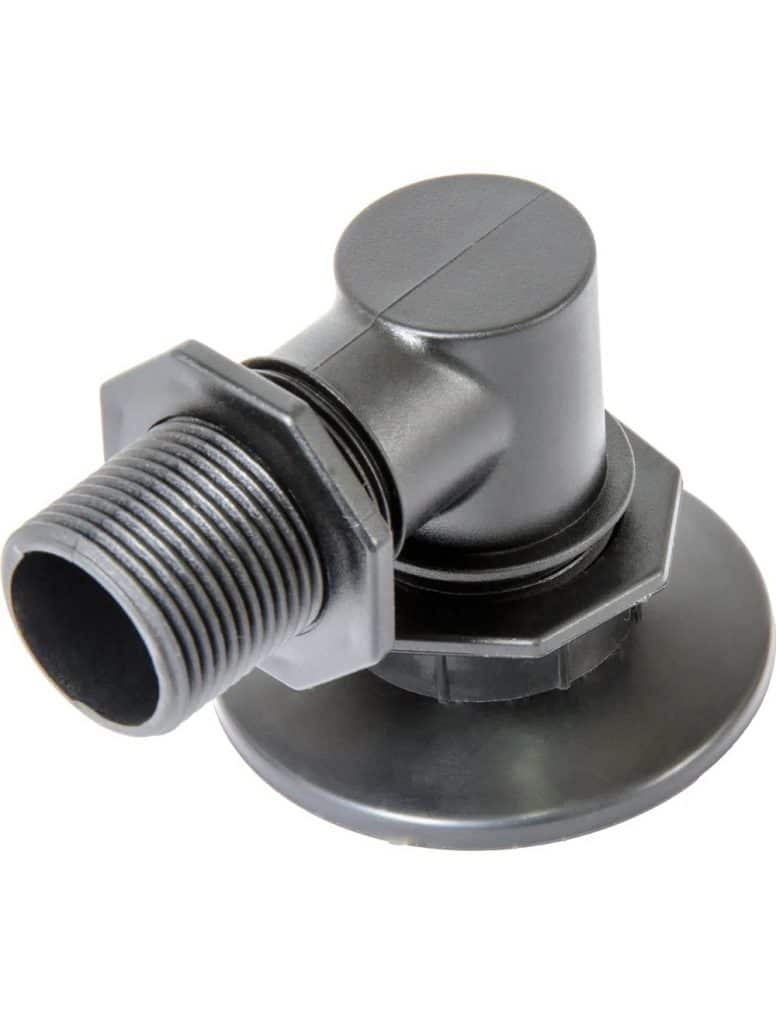
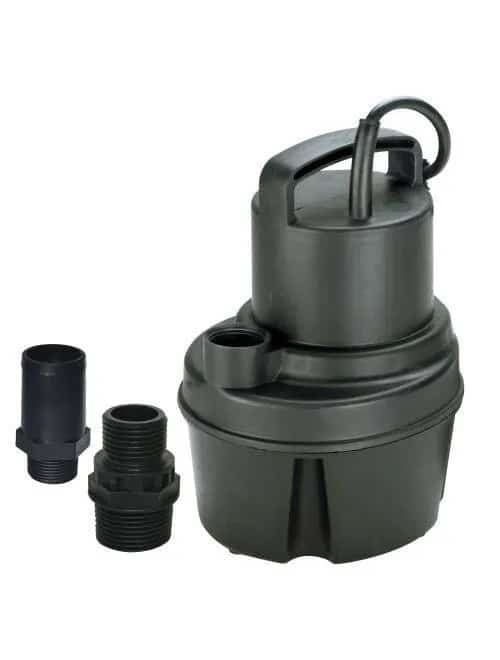
Air Pump
Air pumps provide the necessary airflow to keep roots oxygenated, allowing them to absorb nutrients and water more efficiently. They are available in various sizes, so it’s crucial to choose one that’s appropriate for your system size when adding them to your indoor grow room supplies list.
Air Stone
Air stones provide oxygen to plants’ roots, which is essential for healthy growth. Several different types of air stones are available, including diffusers and ceramics. Regardless of the type of air stone you choose, it is essential to ensure that it is properly sized for your hydroponic system. If the air stone is too small, it will not be able to supply enough oxygen to the roots. If it is too large, it will create too much turbulence and may damage the roots.
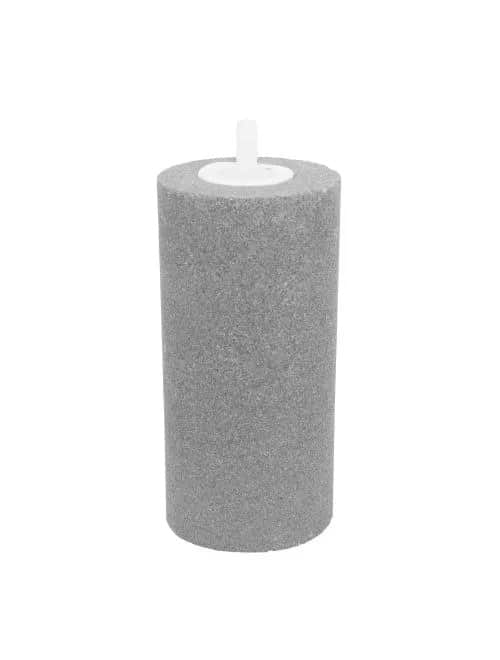
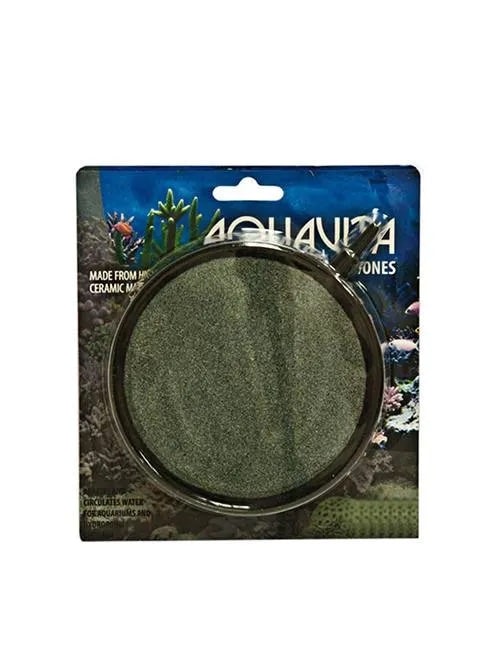
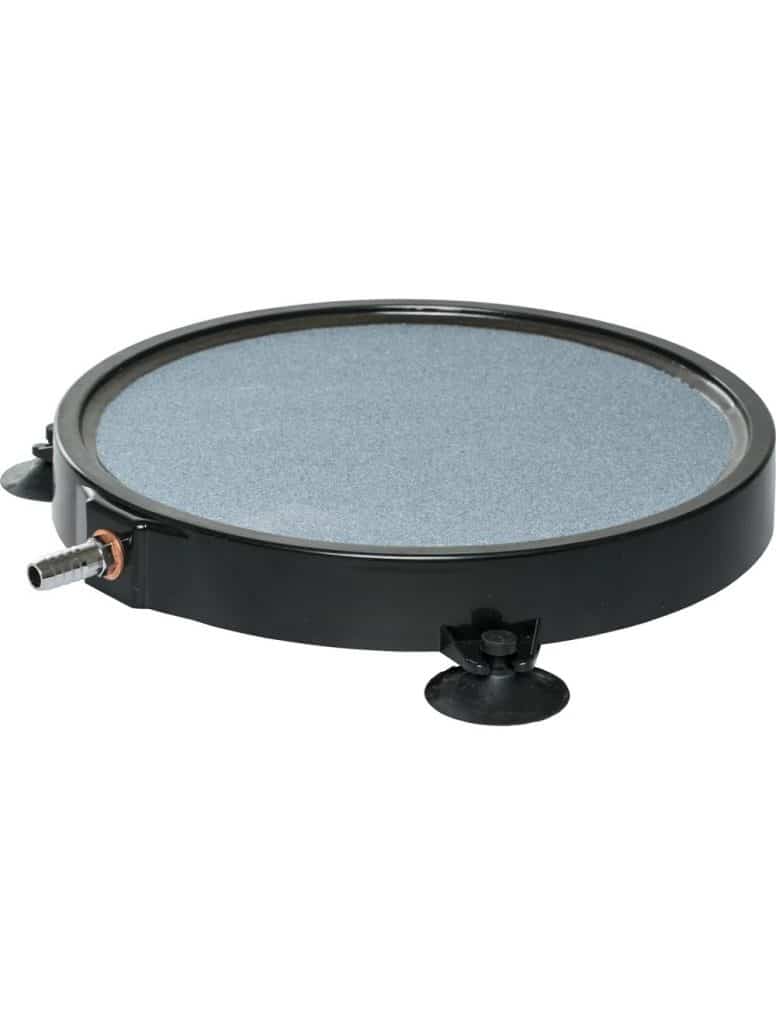
Irrigation Equipment
Hydroponic tubing and fittings are vital for any hydroponic system. They make it possible to transport water and nutrients to plants. There are different types of hydroponic tubing, including vinyl and polyethylene options of various diameters. Along with tubing, you will need fittings to complete your irrigation setup.
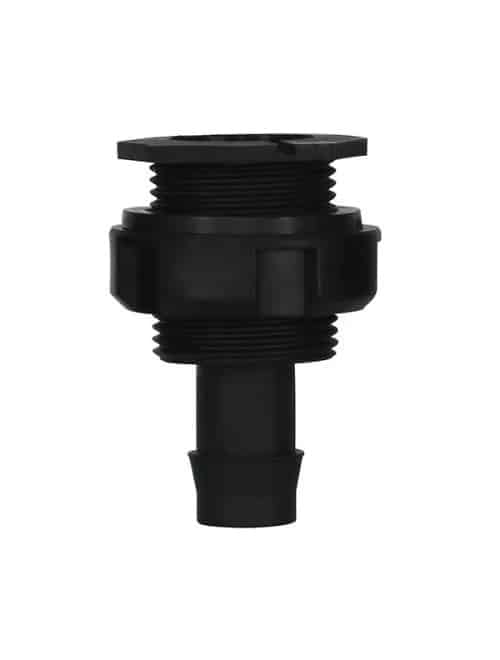
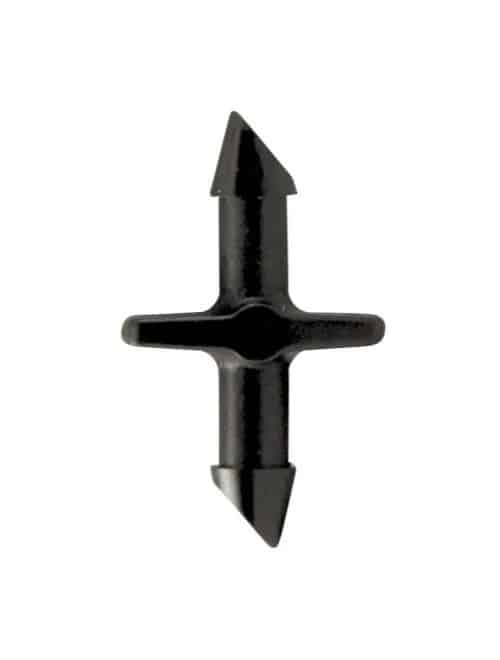
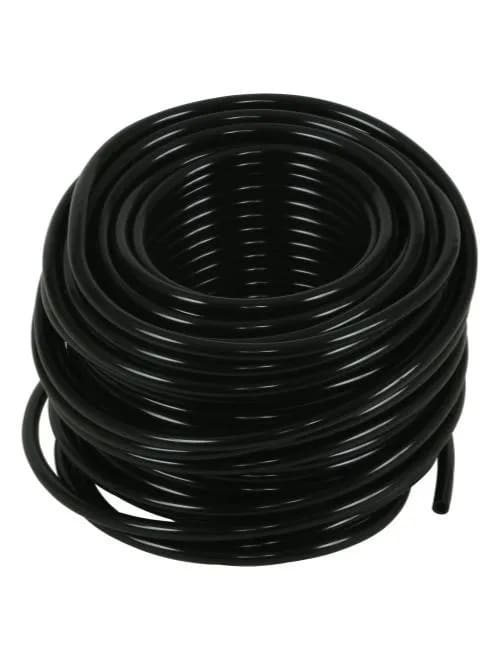
Misters, Sprayers, and Drippers
Misters and sprayers are used in aeroponics to distribute water and nutrients to the roots o. There are two main types of misters: static and dynamic. Static misters use a series of nozzles to create a fine mist that covers the entire root system. On the other hand, dynamic misters use a rotating disk to produce a jet of water that moves back and forth over the roots.
While both types of misters are effective, dynamic misters are often preferred as they provide a more evenly distributed mist. Drippers are another type of aeroponic system that slowly drips water and nutrients onto the roots of plants. While drippers are not as efficient as misters, they are often used in aeroponic systems designed for large plants or trees.
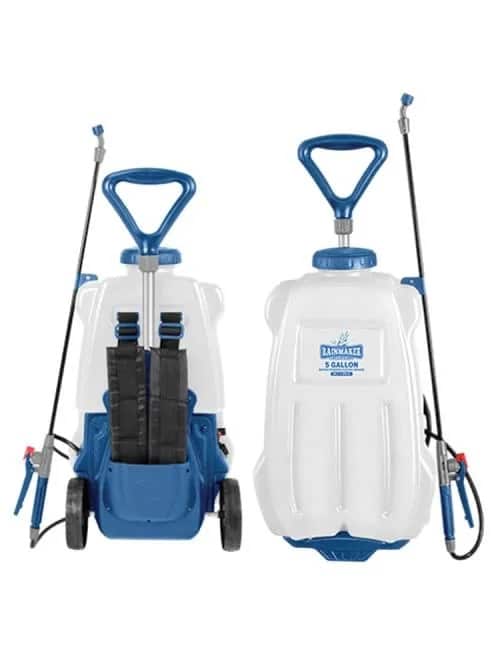
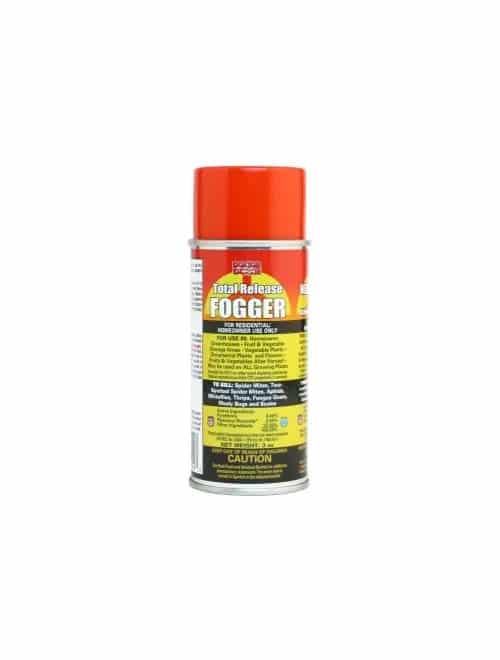
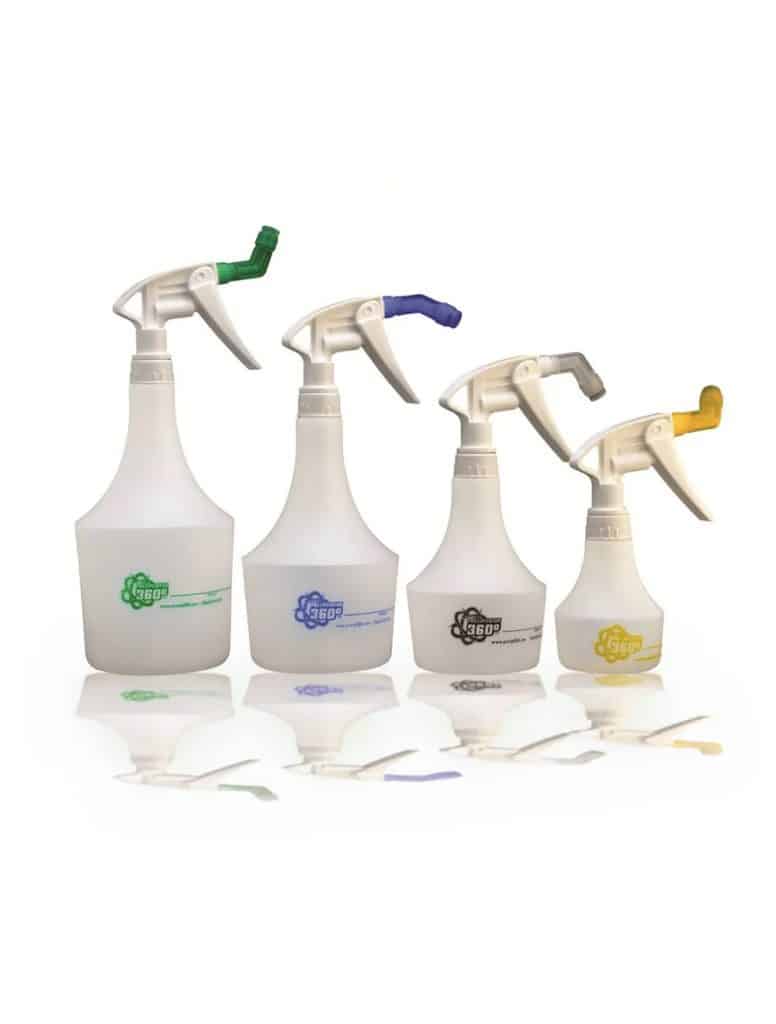
Timers
Hydroponic timers are devices that are used to automate the process of watering plants. They are mostly used with hydroponic systems that rely on drip irrigation, although they can also be used with other types of hydroponic setups. By controlling the frequency and duration of watering cycles, timers ensure that the plants receive the correct amount of water at the right time.
Without a timer, it would be necessary to water the plants manually, which would be time-consuming and could lead to over- or under-watering. By using a timer, growers can set a schedule and be confident that their plants will receive the appropriate amount of water.
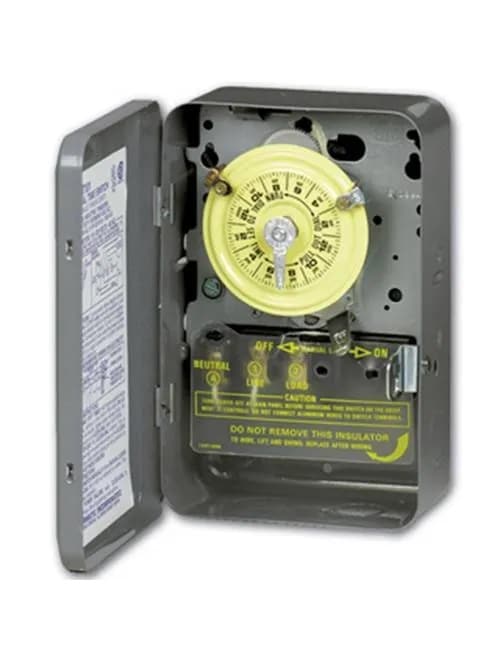
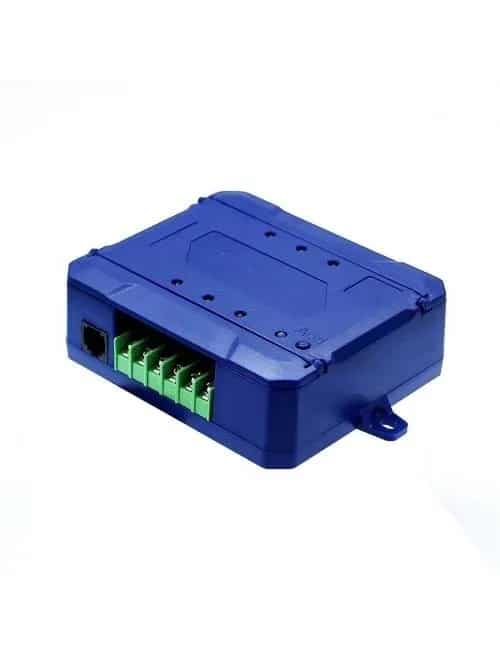

Emitters
Hydroponic emitters are small devices that release water and nutrients directly to the roots of plants. One of the main advantages of using hydroponic emitters is that they help to minimize waste. Since the water and nutrients are delivered directly to the roots, there is very little run-off or evaporation. Additionally, hydroponic emitters can help to improve plant growth. Plants can grow more quickly and efficiently by delivering a constant water supply and nutrients.
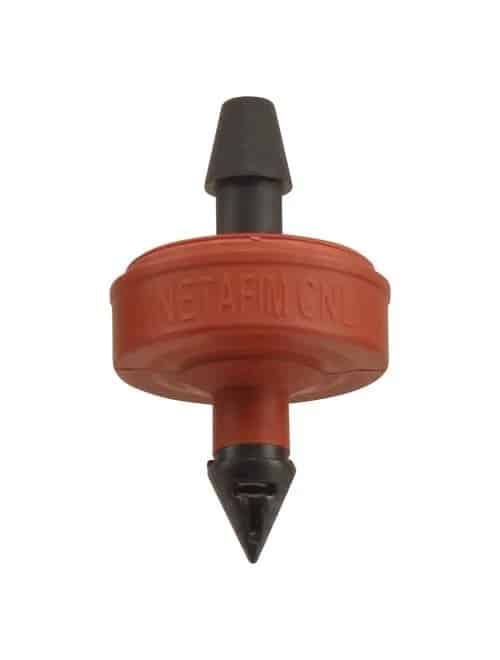
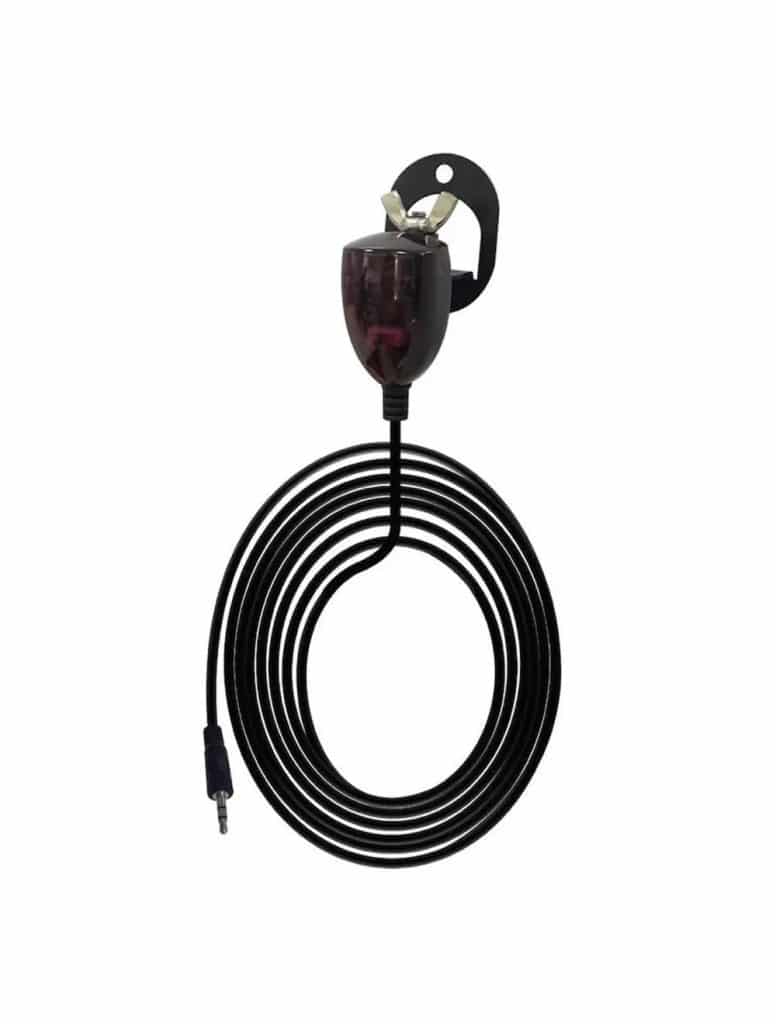
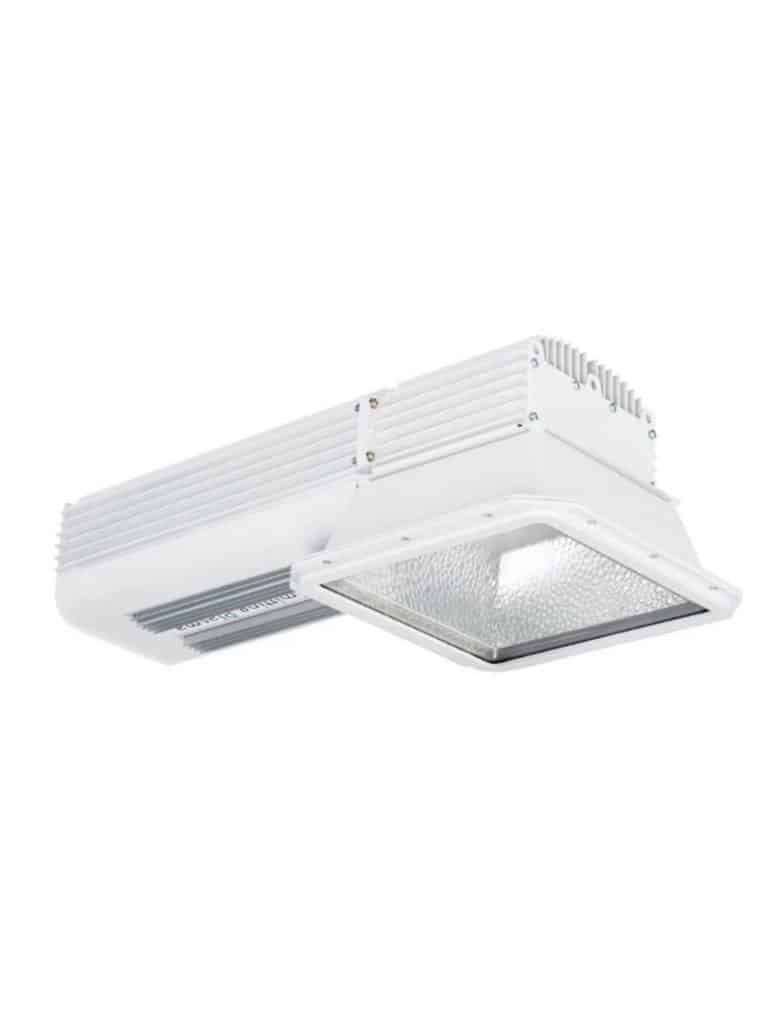
Trays & Flood Trays
Trays provide a level surface that helps to ensure even coverage of water and nutrients. In addition, trays help to catch any runoff from the plants, which can then be recycled back into the system.
Flood trays are a specific type used for ebb and flow systems. They are used to hold the plants and their roots, and they also serve as a reservoir for the nutrient solution. Flood trays are available in a variety of sizes and materials. Flood trays are vital to hydroponics because they help to keep the roots healthy and prevent them from drying out.
Wick
In a wick system, plants are grown in a soilless medium, and water is delivered to the roots through a wicking action. The wick supplies for this system can be made from various materials, including cotton rope, strips of cloth, or even coconut fiber.
Once you have all the supplies to grow your plants, you will need to consider some supplies to control the environment in your grow room.
Grow Room Control Equipment
This next section of our grow room supplies list tackles all the equipment you will need to control the environment your plants will be growing in. The temperature and humidity levels must be carefully regulated to create the ideal conditions for plant growth. If the temperature is too high or too low, it can stress the plants and prevent them from reaching their full potential.
The same is true for humidity levels. If the air is too dry, it can cause the leaves to wilt and the roots to dry out. On the other hand, if the air is too humid, it can encourage fungal growth and promote pests. You can create a perfect space for plant growth with the right equipment.
Air Circulation
By using fans, ducting, and vents to circulate air, you can help control the temperature and humidity of your grow room, creating a more hospitable environment for your plants. In addition, proper ventilation can also help to reduce odors and prevent the spread of pests and diseases. Ultimately, by controlling the temperature and humidity of your grow room and ensuring adequate ventilation, you can create a healthier environment for your plants to thrive.
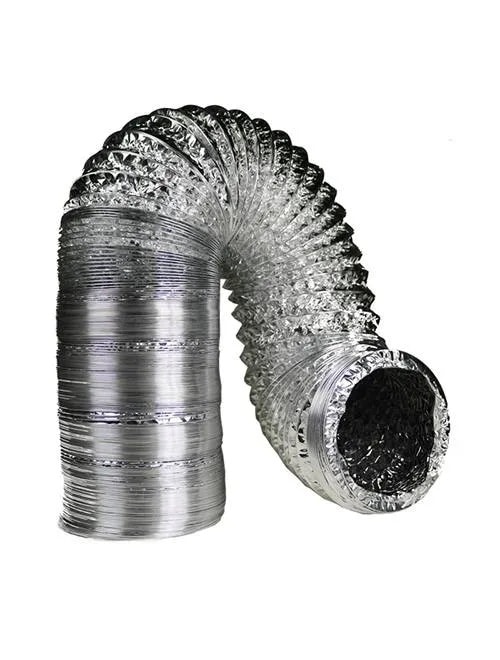
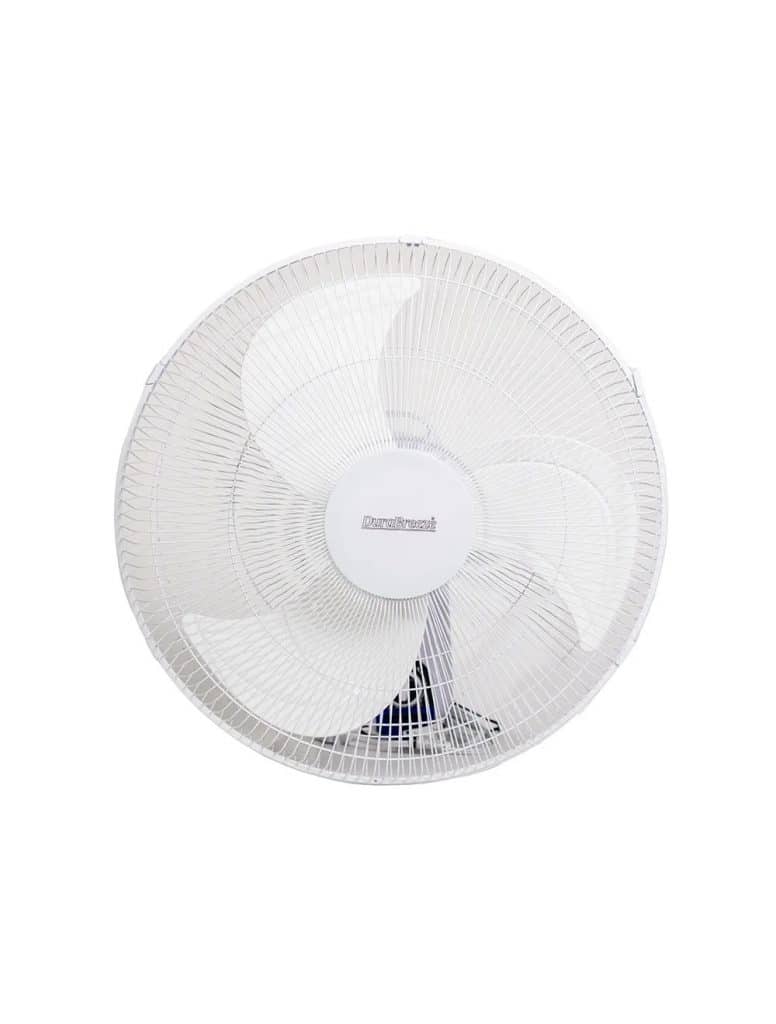
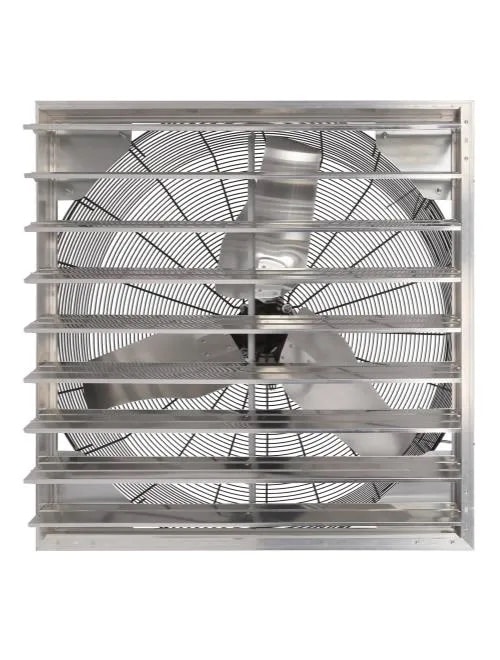
Humidity Control
When humidity is too low, it can dry out plants. If levels are too high, it can cause mold, mildew, and plant disease. To manage humidity for optimal plant development, dehumidifiers or humidifiers (depending on your cultivation and grow room standard climates) and humidity sensors are grow room essentials.
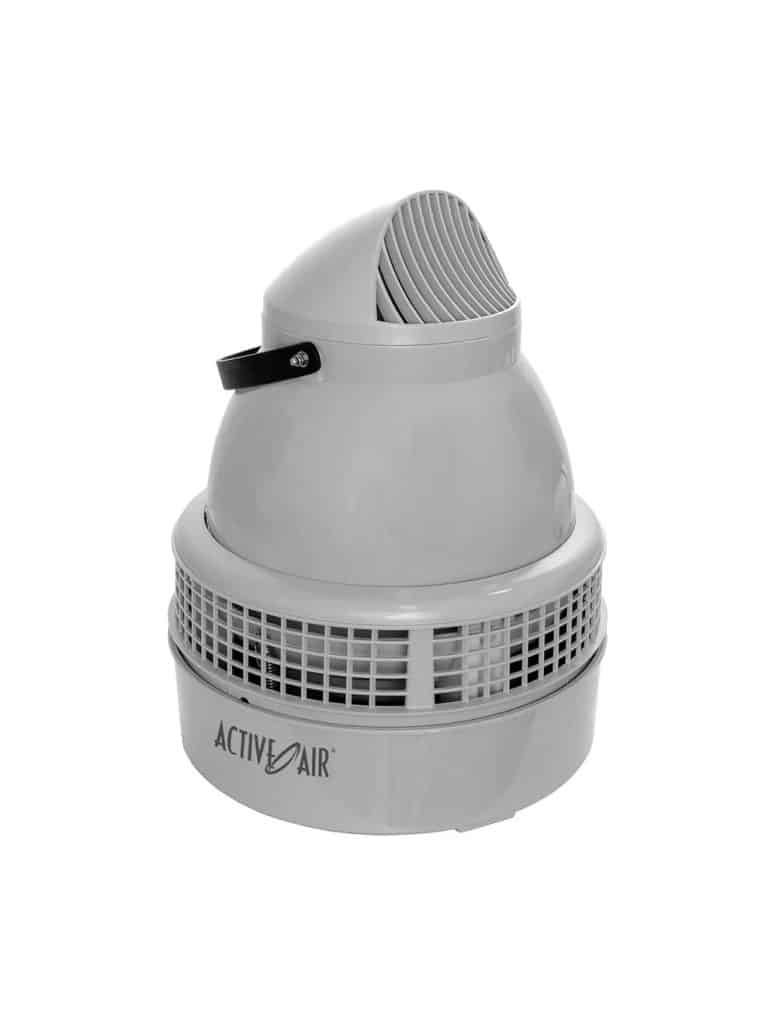
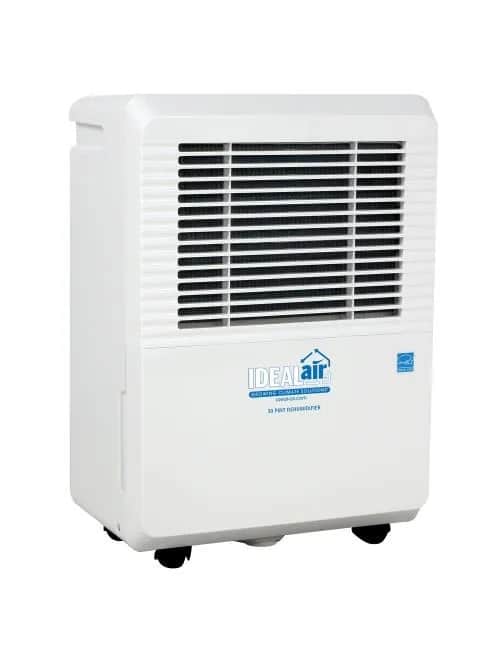
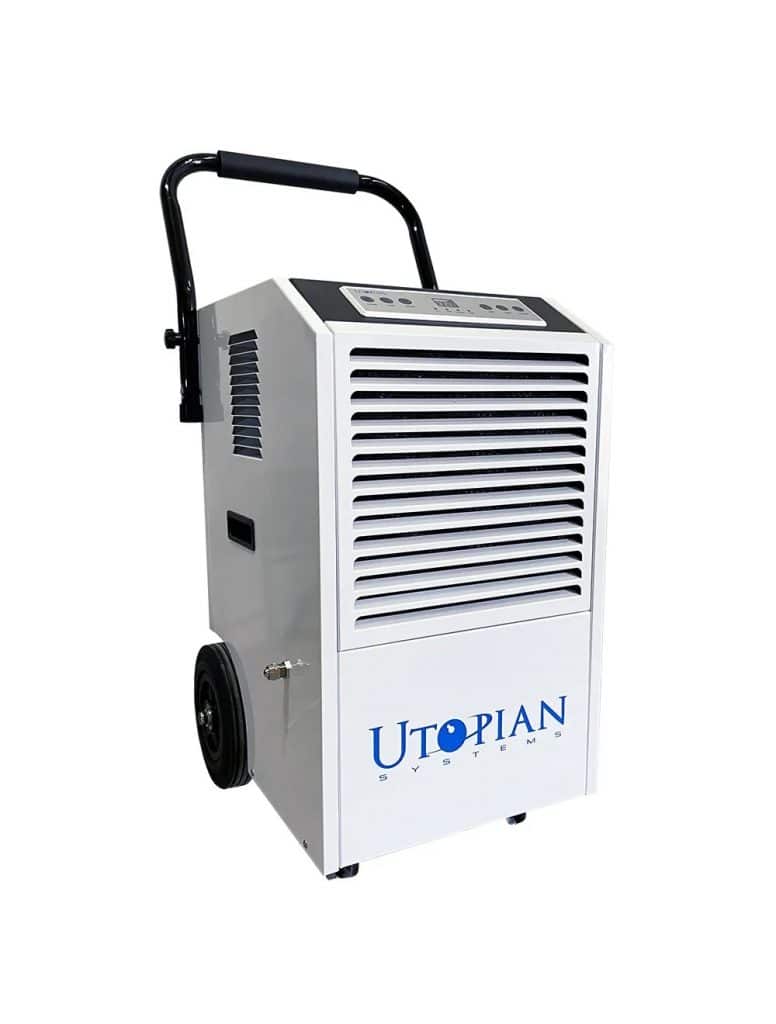
Temperature Control
When it comes to growing plants indoors, one of the most important factors is temperature. If the temperature is too high or too low, it can stress the plants and prevent them from developing properly. That’s why many indoor growers use air conditioners in their grow rooms.
There are a few different types of air conditioners that can be used for grow rooms, and the best choice will depend on the specific needs of your setup. Common grow room A/C options include portable, split A/C, and mini-split.
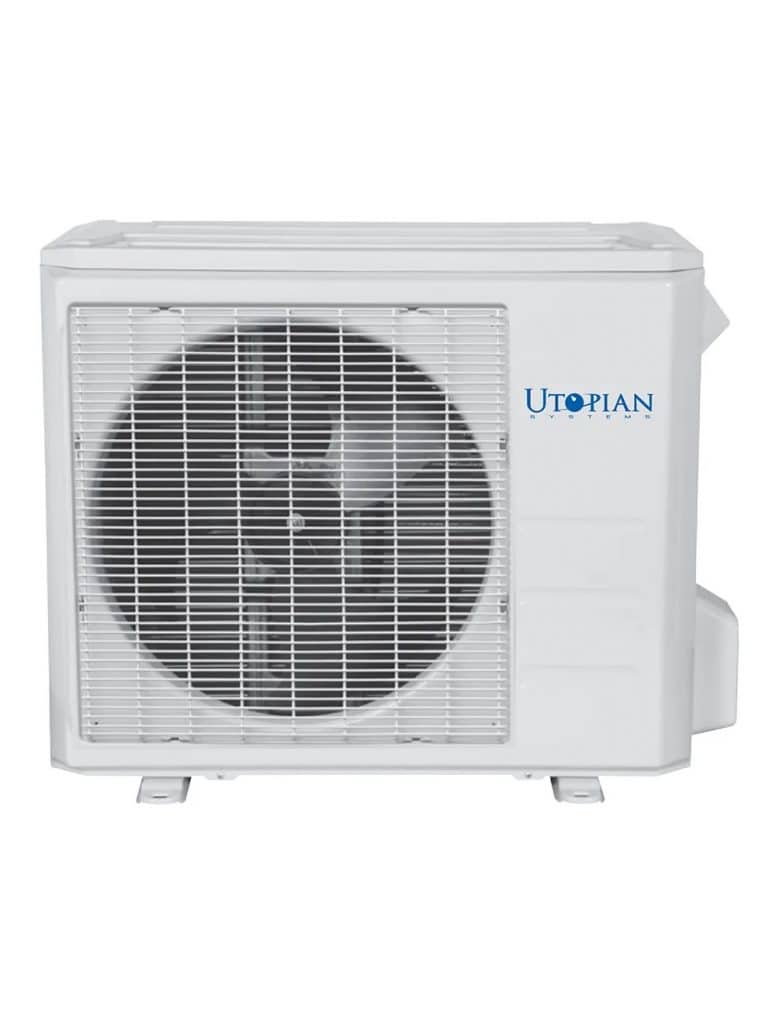
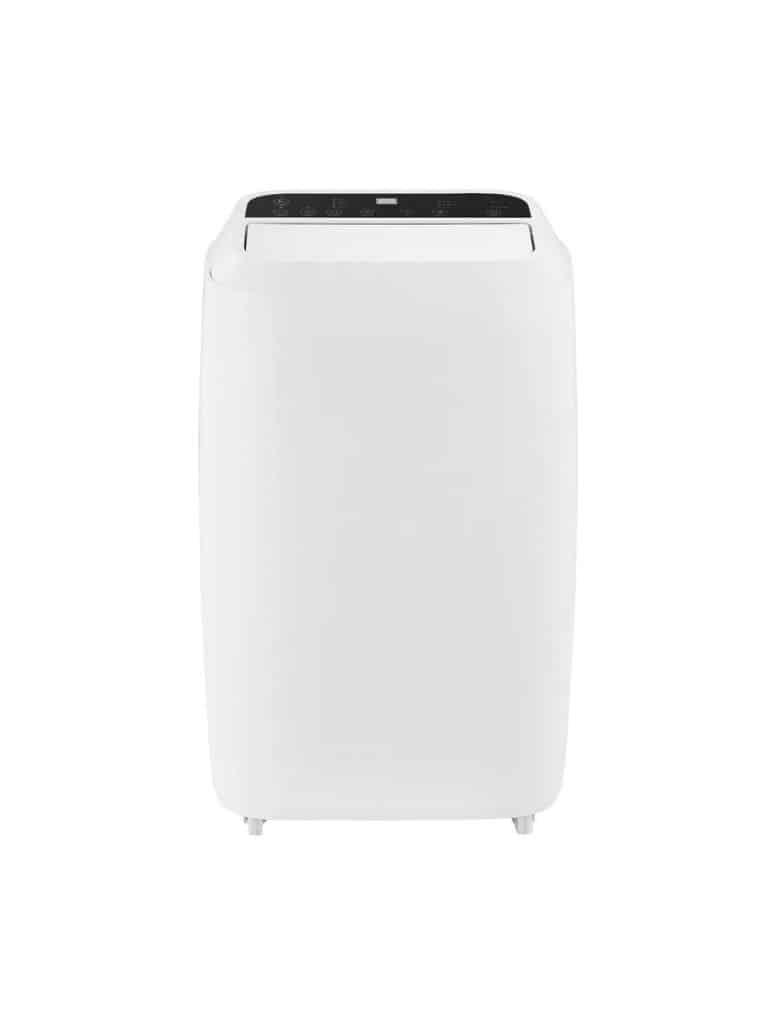
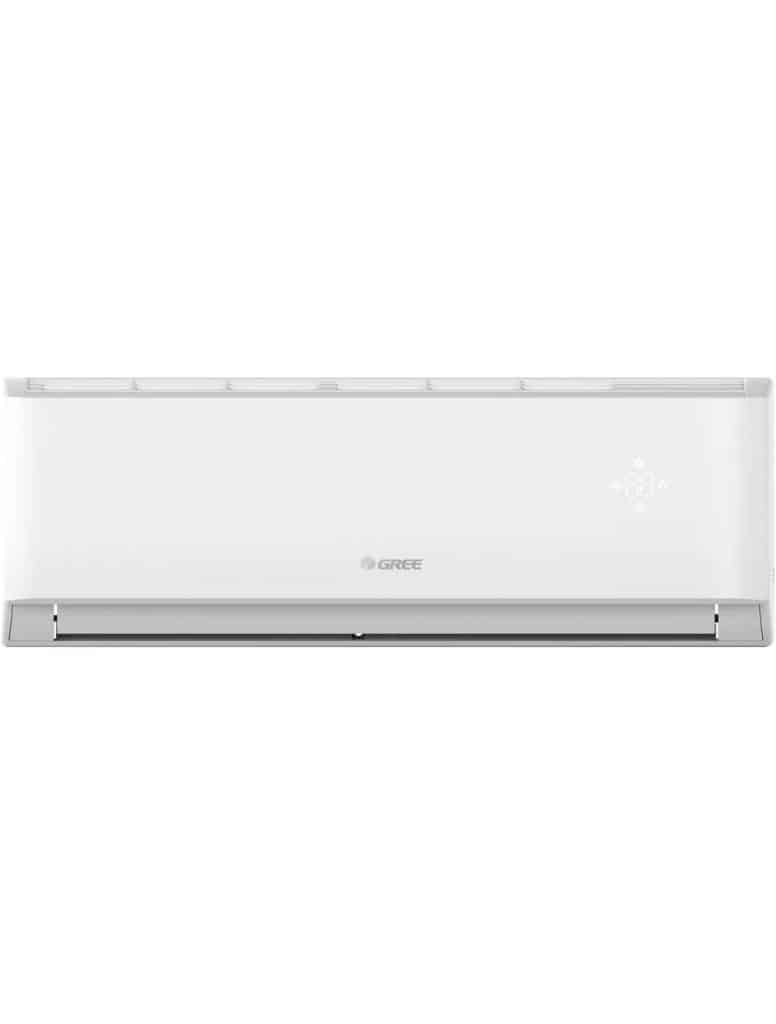
Gather Your Grow Room Supplies
Now that you have a complete indoor grow room supplies list, the next step is to gather the supplies you already have and shop for those you still need. Start building your shopping list in your Grow Generation account, or visit one of our stores to get started.
Have questions? Call customer support at (800) 935-8420 or email us at support@growgeneration.com.




